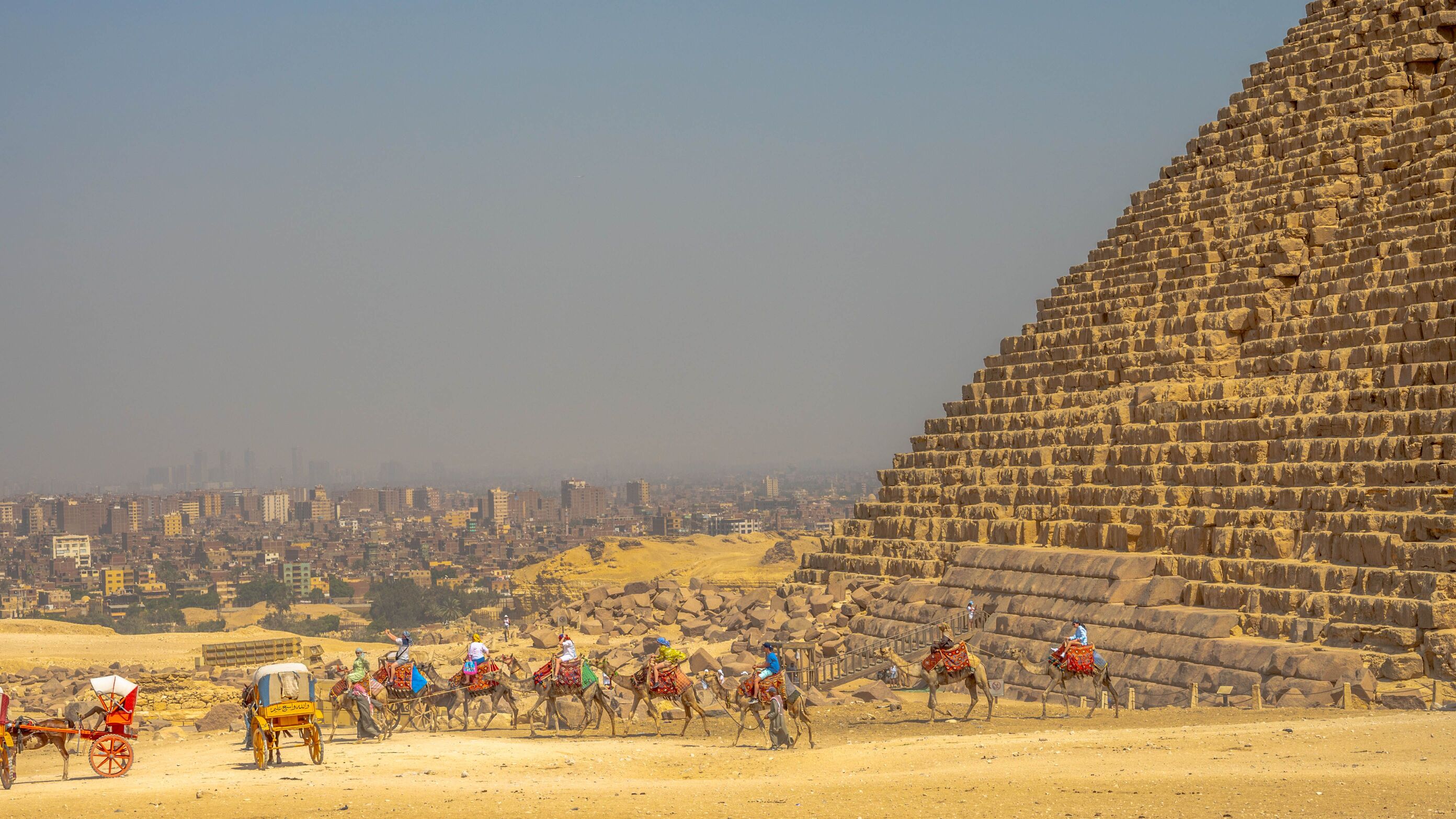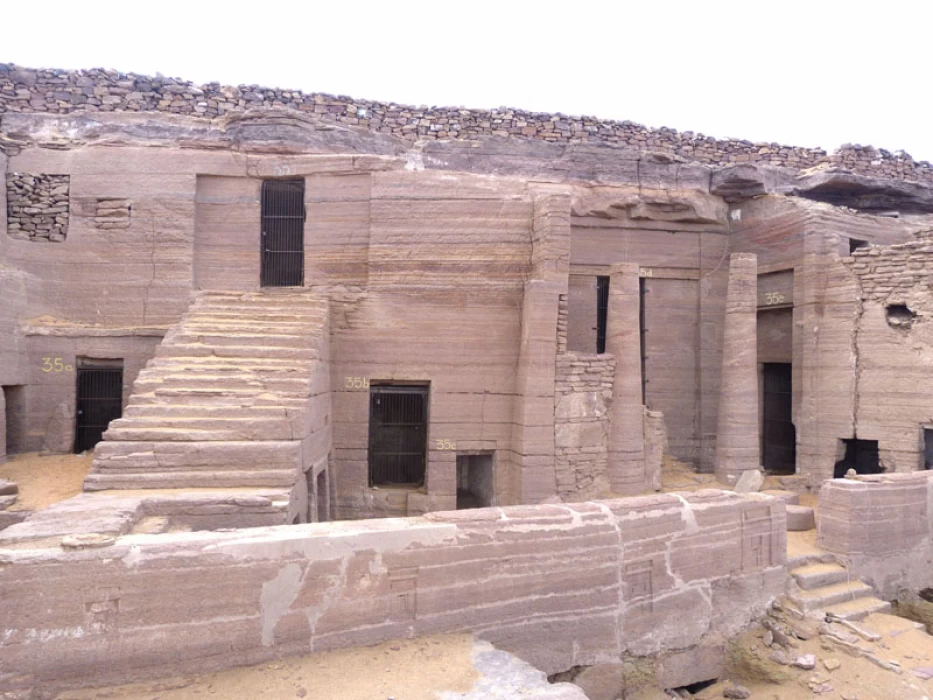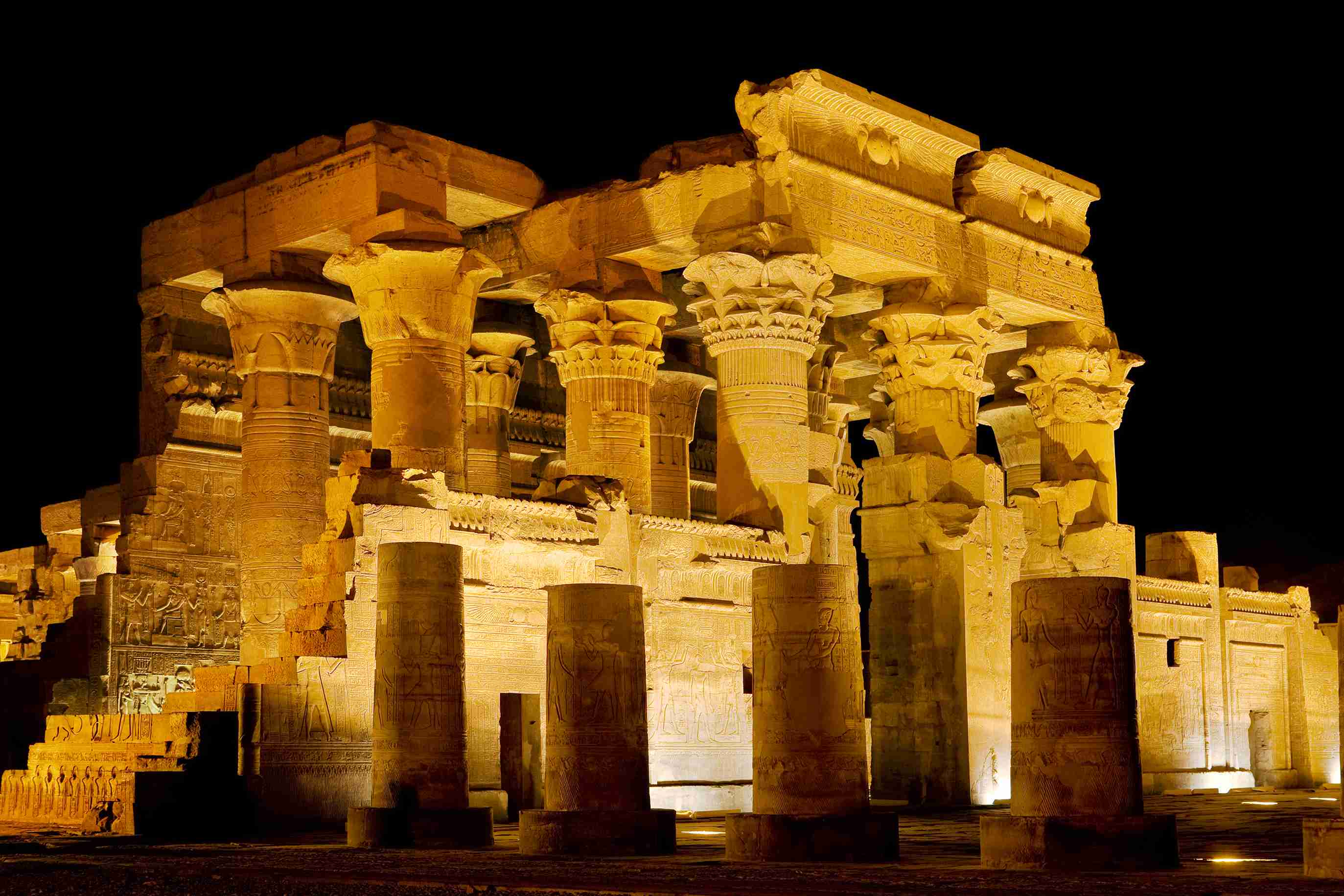
Top Mysteries Facts about the great Pyramids of Giza
What Still Baffles Us About the Great Pyramids of Giza?
The Great Pyramid of Giza stands as humanity’s most mysterious architectural triumph. Even after 4,500 years of exploration and study, its secrets refuse to be fully revealed. Scientists continue to uncover new insights into this ancient wonder. Towering against time, the massive structure challenges everything we thought we knew about ancient Egyptian capabilities, with its flawless geometric design and engineering precision still difficult to replicate, even today.
The Great Pyramid’s astonishing accuracy, achieved without advanced tools, leaves experts around the world in awe. Scientists, historians, and curious travelers alike remain captivated by this timeless marvel. Beneath its perfect symmetry and hidden chambers lie ten remarkable facts that are sure to leave you amazed.

The Scale of the Great Pyramid
Rising 479 feet (146 meters) into the sky, the Great Pyramid of Giza once ruled the ancient world's skyline for nearly 4,000 years. Each side of its massive base stretches 754 feet (230 meters), a breathtaking display of the remarkable precision mastered by Egyptian builders.
Height and Base Measurements
The sheer scale of the Great Pyramid becomes even more astonishing when you consider its building blocks. Around 2.5 million stone blocks make up the structure, weighing a staggering 5 million tons of limestone and 8,000 tons of granite. In the heart of the pyramid, the pink granite blocks of the King's Chamber weighed between 25 and 80 tons each. Remarkably, ancient builders hauled these massive stones from quarries nearly 500 miles away.
The Great Pyramid of Giza's Engineering Marvel
Ancient Egyptian builders showcased their brilliance with ingenious transportation methods. They first moved the enormous stone blocks by boat along the Nile River. Upon reaching land, the team hauled these massive stones across the desert, using specially designed machines built for the job. They either dragged the blocks through the sand or employed a groundbreaking rope system. To ease the task, they also used water-slicked ramps to slide the stones into their precise positions. Incredibly, they finished this colossal project in just under 20 years.
The Pyramids of Giza buildings
For 3,800 years, the Great Pyramid stood as the tallest human-made structure in the world. In its original form, the pyramid was even more breathtaking than what we see today. Smooth casing stones once enveloped the rough blocks that remain, creating perfectly flat sides and forming a true pyramid. These outer stones made the structure even more magnificent, showcasing the exceptional skill of the Egyptian craftsmen.
Inside, the pyramid’s grandeur is just as impressive. Three known chambers reside within: the King’s Chamber, the Queen’s Chamber, and an unfinished underground chamber. These chambers are linked by the tall and awe-inspiring Grand Gallery. Each chamber also has airshafts, and experts still debate whether they were designed for ventilation or played a role in guiding the king’s soul on its journey to the afterlife.

Building the Impossible
The Great Pyramid of Giza stands as a lasting testament to the brilliance of ancient Egyptian craftsmanship. Today, modern builders rely on advanced machinery and technology, yet the ancient craftsmen who created this architectural wonder did so using methods that experts are still debating to this day.
Construction Timeline
King Khufu's workers spent nearly two decades (2589-2566 BCE) constructing this monumental structure. Over the course of this time, they placed around 2.5 million stone blocks with astonishing precision, all without the use of modern measuring tools or construction equipment.
Number of Workers Involved
Archaeologists have different opinions on the number of laborers involved in the construction of the pyramids. Hawass pointed out that “the number of workers who participated in the construction of the Great Pyramid was no more than 10,000, challenging the Greek historian Herodotus' claim that the workforce reached 100,000.”
These workers were skilled professionals who received wages for their efforts. This revelation has dramatically changed how we view ancient Egyptian society and the methods they used to build such monumental structures.
How were the Great Pyramids Built?
Transportation Methods
Moving the massive stone blocks was the biggest engineering challenge of all. These stones were quarried 500 miles away from the construction site.
The ancient Egyptians came up with several clever techniques to move these massive blocks:
-
Boats carried the stones along the Nile River.
-
Special machines transported them across the desert.
-
Workers used an intricate rope system for lifting.
-
Water-slicked ramps helped reduce friction during placement.
The project required
-
5 million tons of limestone
-
8,000 tons of granite
Teams worked together to quarry, transport, and carefully place each block. Stones traveled through river and land routes, and then ramps and rope systems were used to position them with incredible accuracy.
One fascinating detail about the construction order is revealed by the red granite sarcophagus in the King’s Chamber. Since it was too large to fit through the chamber’s entrance, the sarcophagus had to be placed before the ceiling could be finished, showing just how meticulously the builders planned every stage of the project.
he sands of time have guarded the Giza Pyramids' most profound secrets for millennia, and even with modern advancements, their enigmatic allure remains.
From their celestial alignment to the unknown techniques of their construction, the Giza Pyramids continue to baffle and inspire. These top mystery facts only deepen the sense of awe surrounding these ancient giants, a testament to a civilization that still whispers its secrets across the ages. Have these mysteries sparked your own desire to witness their grandeur firsthand?
Related Articles

Hidden Egypt Sightseeing
Once Egypt is mentioned as a fantastic travel destination, we think about Pyramids, Egyptian Museum and Bazaar Khan El Khalili. However, there are many more places to visit. Egypt never ceases to amaze anyone who visits. Egypt is home to the world’s greatest civilization and unique historical sites.Hidden gems in Egypt that you might not miss during your Egypt Travel Package.

The Tombs of the Nobles in Aswan
The Tombs of the Nobles in Aswan, also known as Qubbet el-Hawa, are a series of ancient Egyptian tombs.

Kom Ombo Temple is A Double Dedication
Kom Ombo Temple has an strategic location on the Nile River in Aswan makes it a popular stop on Nile cruises between Aswan and Luxor.
